×
Il semble que vous utilisiez une version obsolète de internet explorer. Internet explorer n'est plus supporté par Microsoft depuis fin 2015. Nous vous invitons à utiliser un navigateur plus récent tel que Firefox, Google Chrome ou Microsoft Edge.

Devenez membre d'Incathlab et bénéficiez d'un accès complet !
Vous devez être membre pour accéder aux vidéos Incathlab sans limitation. Inscrivez vous gratuitement en moins d'une minute et accédez à tous les services Incathlab ! Vous avez aussi la possibilité de vous connecter directement avec votre compte facebook ou twitter en cliquant sur login en haut à droite du site.
Inscription Connexion
Inscription Connexion
26684 vues
This didactic procedure concerns a 70 years old man presenting with asymptomatic severe calcified and ulcerated left internal carotid on echography. Angiography revealed a severe ulcerated stenosis of the left internal carotid artery.
Educational objectives
- Plan a step-by-step carotid artery stenting procedure.
- 48 hours of dual antiplatelet therapy before the procedure;
- Interruption of anti-hypertensive therapy the day before
- How to manage access through tortuous anatomy?
- Materials choice: guidewires, protection filter, guiding catheter, balloons and carotid stent.
- How to prepare, advance the embolic protection system: FilterWire EZ™ through the lesion and release the filter upstream the lesion?
- Tips and tricks for a good positioning and implantation of the Mesh carotid stent: CGUARD™EPS
- How to safely retrieve the embolic protection system: FilterWire EZ™?
- What are adjunctive per procedural pharmacotherapies
Step-by-step procedure: Left internal carotid artery stenting
1) Access sites:
- Femoral access: 8 French access using micro puncture system.
- Heparin administration.
2) Left common carotid artery catheterization:
- Continuous flushing of the guiding catheter while introducing guidewire, embolic protection device, balloons or stent.
- Advance softly an 8 Fr Hockey Stick guiding catheter to the aortic arch over a 0.035’’ GUIDEWIRE
- Gentle Catheterization of the ostium of the left common carotid artery.
- Advance the 0.035” Guidewire towards the common carotid artery.
- Advance the guiding catheter to the distal part of the common carotid artery with the tip oriented towards the internal carotid ostium.
3) Preparation and deployment of embolic protection system: FilterWire EZ™:
- Preparation of the filter with a special attention to avoid air bubbles.
- Preform the wire tip shape according to the lesion morphology.
- Careful and gentle crossing of the lesion avoiding plaque destabilization.
- Release the filter in a vertical segment of the internal carotid distally to the lesion: be sure to have enough space for stent distal landing zone.
- Verify the good position and the opening of the filter under fluoroscopy.
4) Pre-dilatation
Atropine administration
- Good balloon preparation: avoid air bubbles to avoid cerebral air embolism in case of balloon rupture.
- Pre dilatation of the lesion using a 4*20mm Ultra-Soft™ balloon , inflated to 4 ATM
- Checking pre dilatation result
5) Stenting
- Select the precise spot of stent deployment
- Deployment of the CGUARD™EPS 9x30 mm Stent
6) Post-dilatation
- Post dilatation of the lesion using a 5,5 *20mm Ultra-Soft™ balloon. Inflated to 15 ATM
- Checking post dilatation result
7) CT scan after procedure showed : Excellent deployment of the stent
- Check the filter content and the quality of the flow.
- Remove the filter.
- Verify if there is any dissection or spasm.
8) Final angiographic control: Cervical and Intra-cranial ( 2 views frontal & lateral)
9) Vascular femoral closure with an 8 Fr Angio-Seal™
10) Medical adjunctive treatments
- Pre-procedural: Heparin.
- During procedure : Atropine and ephedrine
- Post procedural : double therapy: Aspirin 75mg o.d. + Clopidogrel 75mg o.d for one month
- After one month : Stop Clopidogrel and continue Aspirin 75mg
Bibliography
Date du tournage : 04/05/2022
Dernière mise à jour : 11/07/2023
Dernière mise à jour : 11/07/2023
FilterWire EZ™ / Boston Scientific
Embolic Protection System for Carotid Arteries
Our Cases of the Month
The case of the month is a new way for our users to watch, learn, and share with incathlab. They can watch a video that highlights an innovative case and uses excellent pedagogical techniques, lear...
Partager
Participer à la discussion
Suggestions
Discover your Monthly Case
Honolulu : Dimanche 17 septembre 2023 de 22h07 à 22h07 (GMT+2)
San Francisco : Lundi 18 septembre 2023 de 01h07 à 01h07 (GMT+2)
New York : Lundi 18 septembre 2023 de 04h07 à 04h07 (GMT+2)
Buenos Aires : Lundi 18 septembre 2023 de 05h07 à 05h07 (GMT+2)
Reykjavik : Lundi 18 septembre 2023 de 08h07 à 08h07 (GMT+2)
London / Dublin : Lundi 18 septembre 2023 de 09h07 à 09h07 (GMT+2)
Paris / Berlin : Lundi 18 septembre 2023 de 10h07 à 10h07 (GMT+2)
Istanbul : Lundi 18 septembre 2023 de 11h07 à 11h07 (GMT+2)
Moscou / Dubaï : Lundi 18 septembre 2023 de 12h07 à 12h07 (GMT+2)
Bangkok : Lundi 18 septembre 2023 de 15h07 à 15h07 (GMT+2)
Shanghai : Lundi 18 septembre 2023 de 16h07 à 16h07 (GMT+2)
Tokyo : Lundi 18 septembre 2023 de 17h07 à 17h07 (GMT+2)
Sydney : Lundi 18 septembre 2023 de 19h07 à 19h07 (GMT+2)
Wellington : Lundi 18 septembre 2023 de 21h07 à 21h07 (GMT+2)
San Francisco : Lundi 18 septembre 2023 de 01h07 à 01h07 (GMT+2)
New York : Lundi 18 septembre 2023 de 04h07 à 04h07 (GMT+2)
Buenos Aires : Lundi 18 septembre 2023 de 05h07 à 05h07 (GMT+2)
Reykjavik : Lundi 18 septembre 2023 de 08h07 à 08h07 (GMT+2)
London / Dublin : Lundi 18 septembre 2023 de 09h07 à 09h07 (GMT+2)
Paris / Berlin : Lundi 18 septembre 2023 de 10h07 à 10h07 (GMT+2)
Istanbul : Lundi 18 septembre 2023 de 11h07 à 11h07 (GMT+2)
Moscou / Dubaï : Lundi 18 septembre 2023 de 12h07 à 12h07 (GMT+2)
Bangkok : Lundi 18 septembre 2023 de 15h07 à 15h07 (GMT+2)
Shanghai : Lundi 18 septembre 2023 de 16h07 à 16h07 (GMT+2)
Tokyo : Lundi 18 septembre 2023 de 17h07 à 17h07 (GMT+2)
Sydney : Lundi 18 septembre 2023 de 19h07 à 19h07 (GMT+2)
Wellington : Lundi 18 septembre 2023 de 21h07 à 21h07 (GMT+2)
Complex multivascular patient with occluded brachiocephalic trunk
Case of the month: September 2023
Partager
Lundi 30 novembre -0001 de 00h à 00h (GMT+1)
Honolulu : Lundi 29 novembre 1999 de 13h à 13h (GMT+1)
San Francisco : Lundi 29 novembre 1999 de 15h à 15h (GMT+1)
New York : Lundi 29 novembre 1999 de 18h à 18h (GMT+1)
Buenos Aires : Lundi 29 novembre 1999 de 20h à 20h (GMT+1)
London / Dublin : Lundi 29 novembre 1999 de 23h à 23h (GMT+1)
Paris / Berlin : Mardi 30 novembre 1999 de 00h à 00h (GMT+1)
Istanbul : Mardi 30 novembre 1999 de 01h à 01h (GMT+1)
Moscou / Dubaï : Mardi 30 novembre 1999 de 03h à 03h (GMT+1)
Bangkok : Mardi 30 novembre 1999 de 06h à 06h (GMT+1)
Shanghai : Mardi 30 novembre 1999 de 07h à 07h (GMT+1)
Tokyo : Mardi 30 novembre 1999 de 08h à 08h (GMT+1)
Sydney : Mardi 30 novembre 1999 de 09h à 09h (GMT+1)
Wellington : Mardi 30 novembre 1999 de 11h à 11h (GMT+1)
San Francisco : Lundi 29 novembre 1999 de 15h à 15h (GMT+1)
New York : Lundi 29 novembre 1999 de 18h à 18h (GMT+1)
Buenos Aires : Lundi 29 novembre 1999 de 20h à 20h (GMT+1)
London / Dublin : Lundi 29 novembre 1999 de 23h à 23h (GMT+1)
Paris / Berlin : Mardi 30 novembre 1999 de 00h à 00h (GMT+1)
Istanbul : Mardi 30 novembre 1999 de 01h à 01h (GMT+1)
Moscou / Dubaï : Mardi 30 novembre 1999 de 03h à 03h (GMT+1)
Bangkok : Mardi 30 novembre 1999 de 06h à 06h (GMT+1)
Shanghai : Mardi 30 novembre 1999 de 07h à 07h (GMT+1)
Tokyo : Mardi 30 novembre 1999 de 08h à 08h (GMT+1)
Sydney : Mardi 30 novembre 1999 de 09h à 09h (GMT+1)
Wellington : Mardi 30 novembre 1999 de 11h à 11h (GMT+1)
Complex CTO: Ostial LAD CTO with ambiguous Proximal CAP
Case of the month: May 2019
Partager
Bifurcation lesion treatment: the role of Drug Coated Balloons
Case of the month: March 2024
Partager
TEVAR of the thoracic aneurysm with short neck below left common carotid artery using C TAG with act...
Case of the month: March 2022
Partager
IMAC 2019 : Fenestrated EVAR for chronic dissection thoracoabdominal aortic aneurysm
Case of the month: October 2021
Partager
Complex Valve-in-Valve (VIV) TAVI for Aortic bioprosthesis dysfunction
Case of the month: July 2018
Partager
How to deal with symptomatic Abdominal Aortic calcified occlusion
Case of the month: May 2023
Partager
Progressive Right Internal Carotid Stenosis with Left Internal Carotid Artery Occlusion
Case of the month: November 2017
Partager

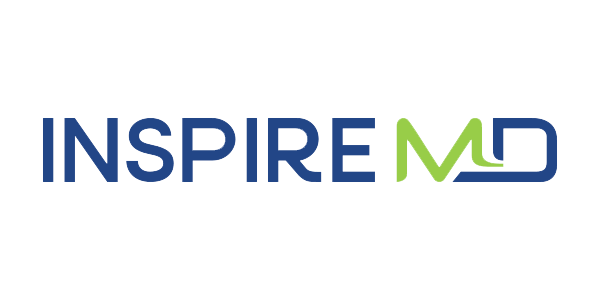
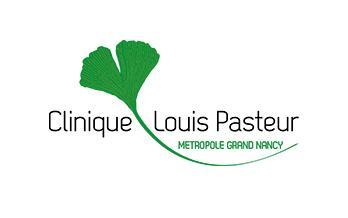
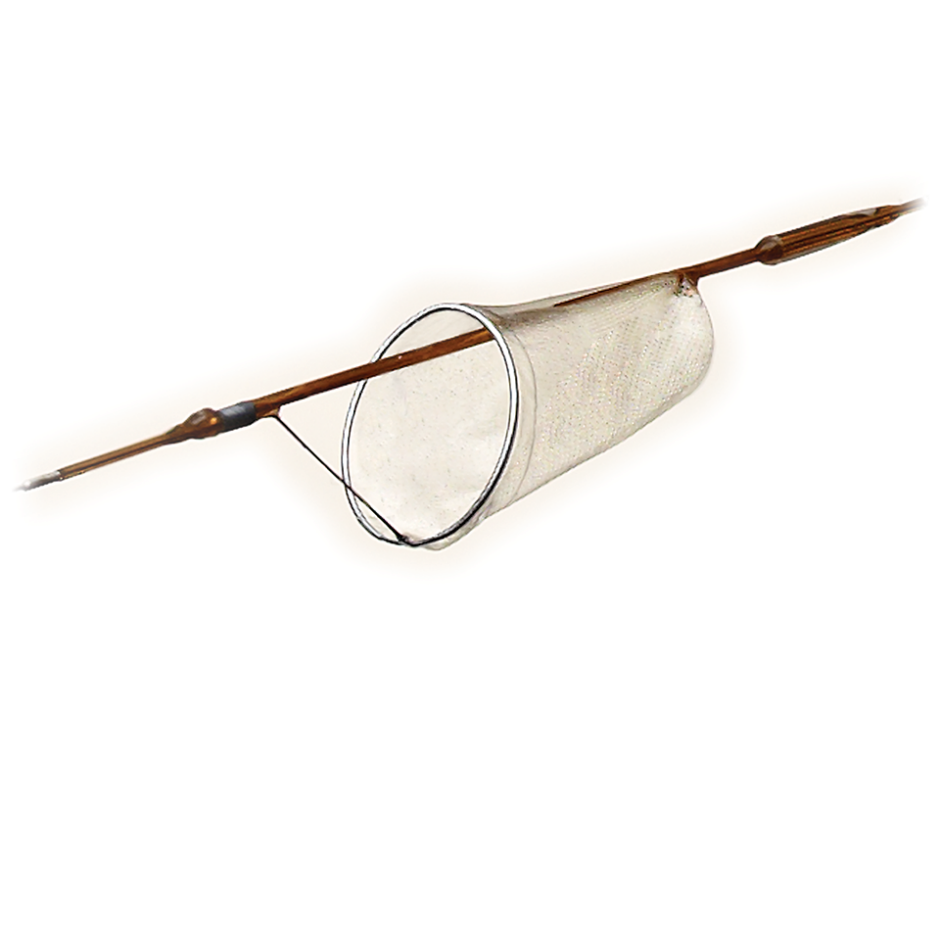
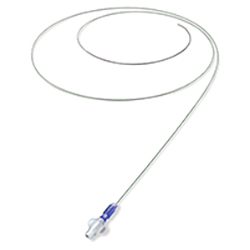
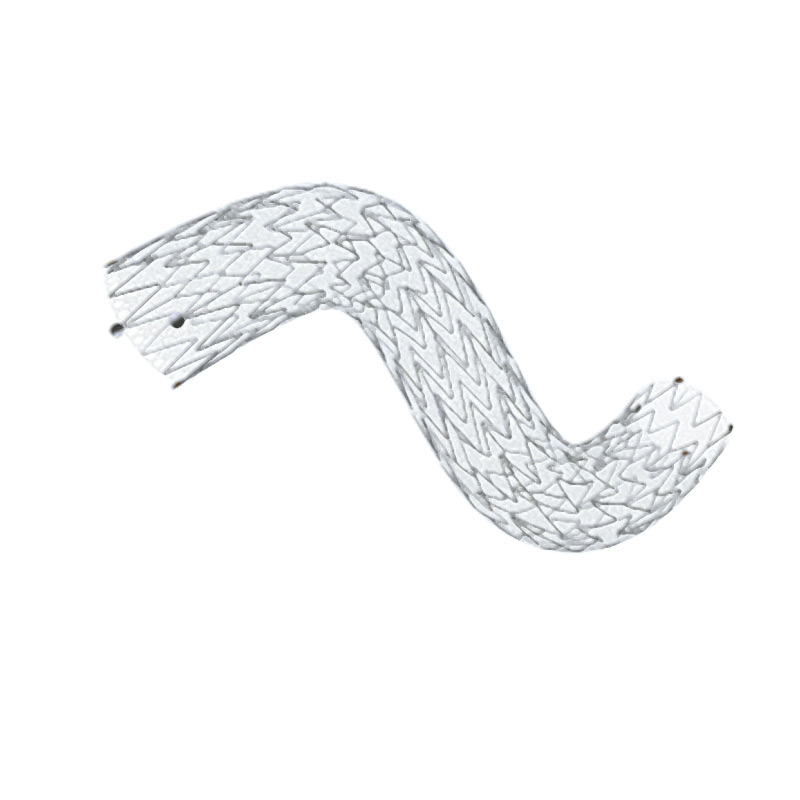
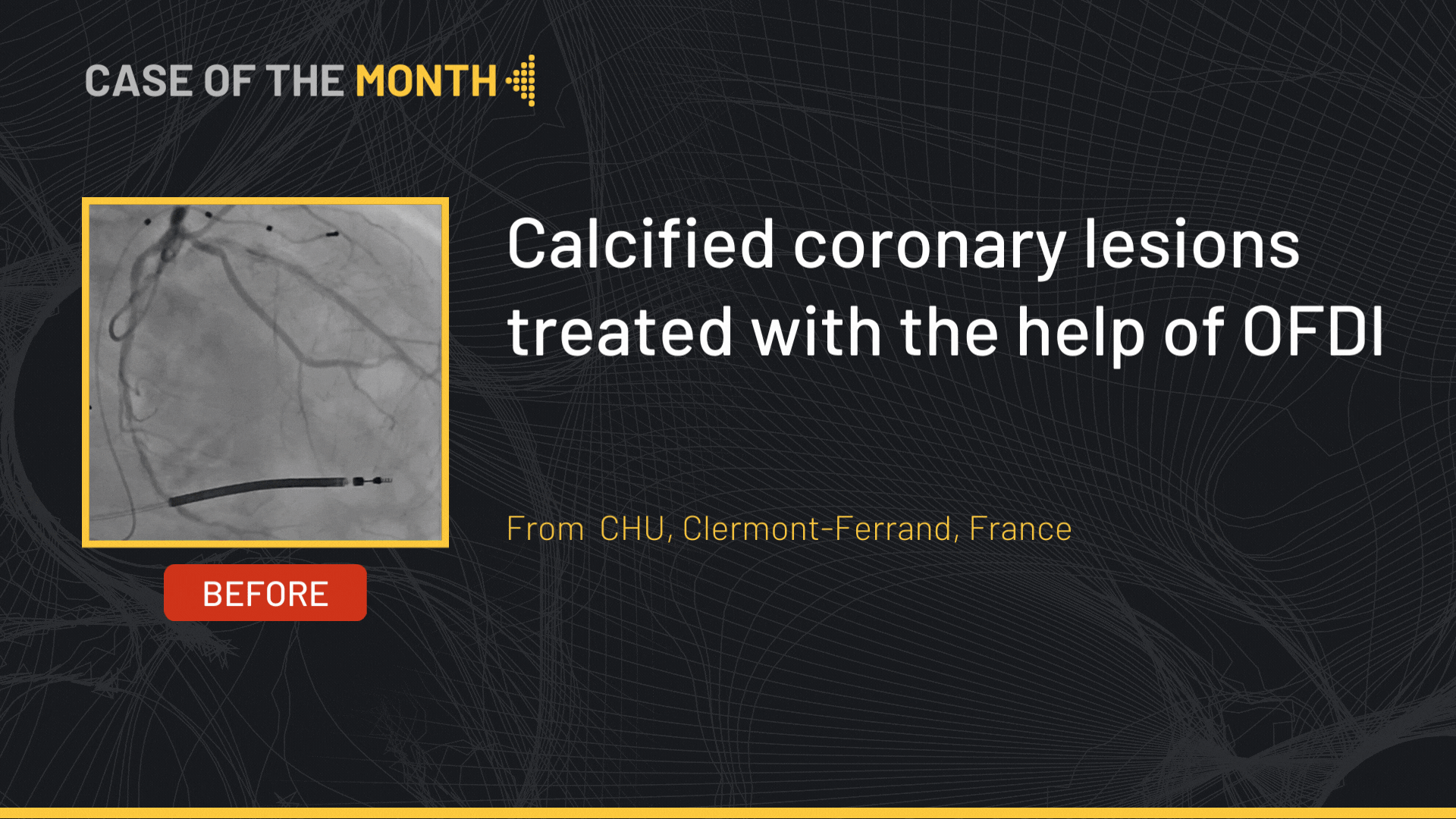
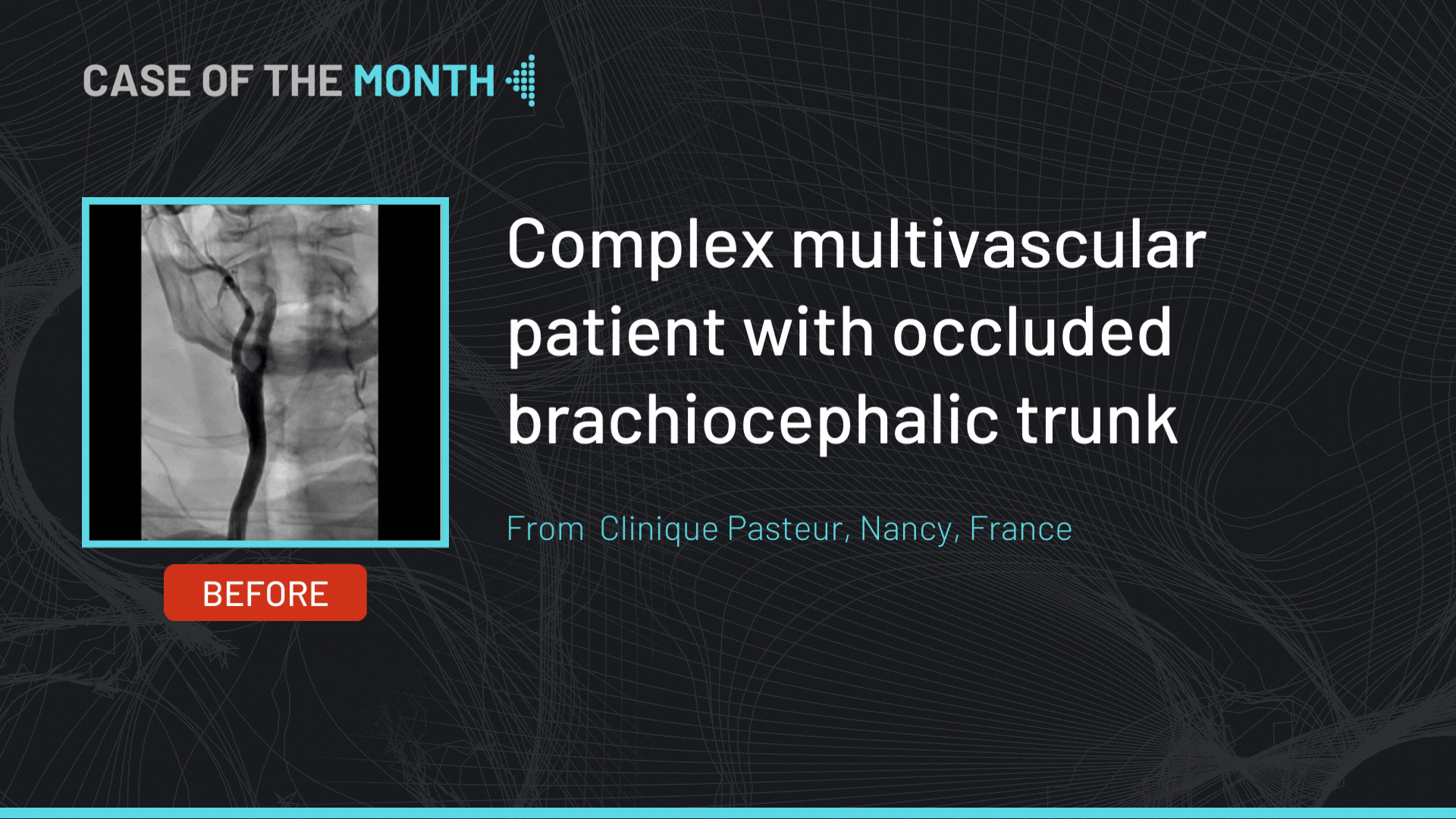
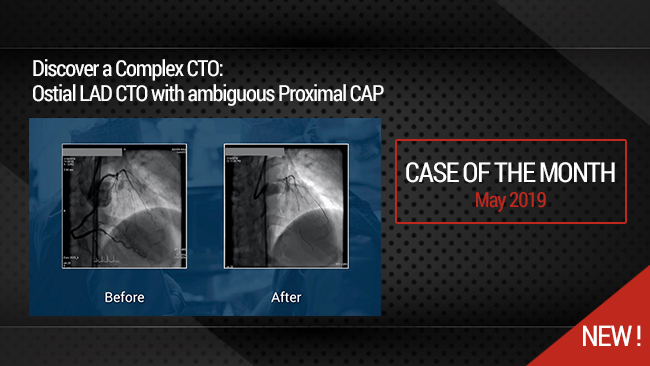
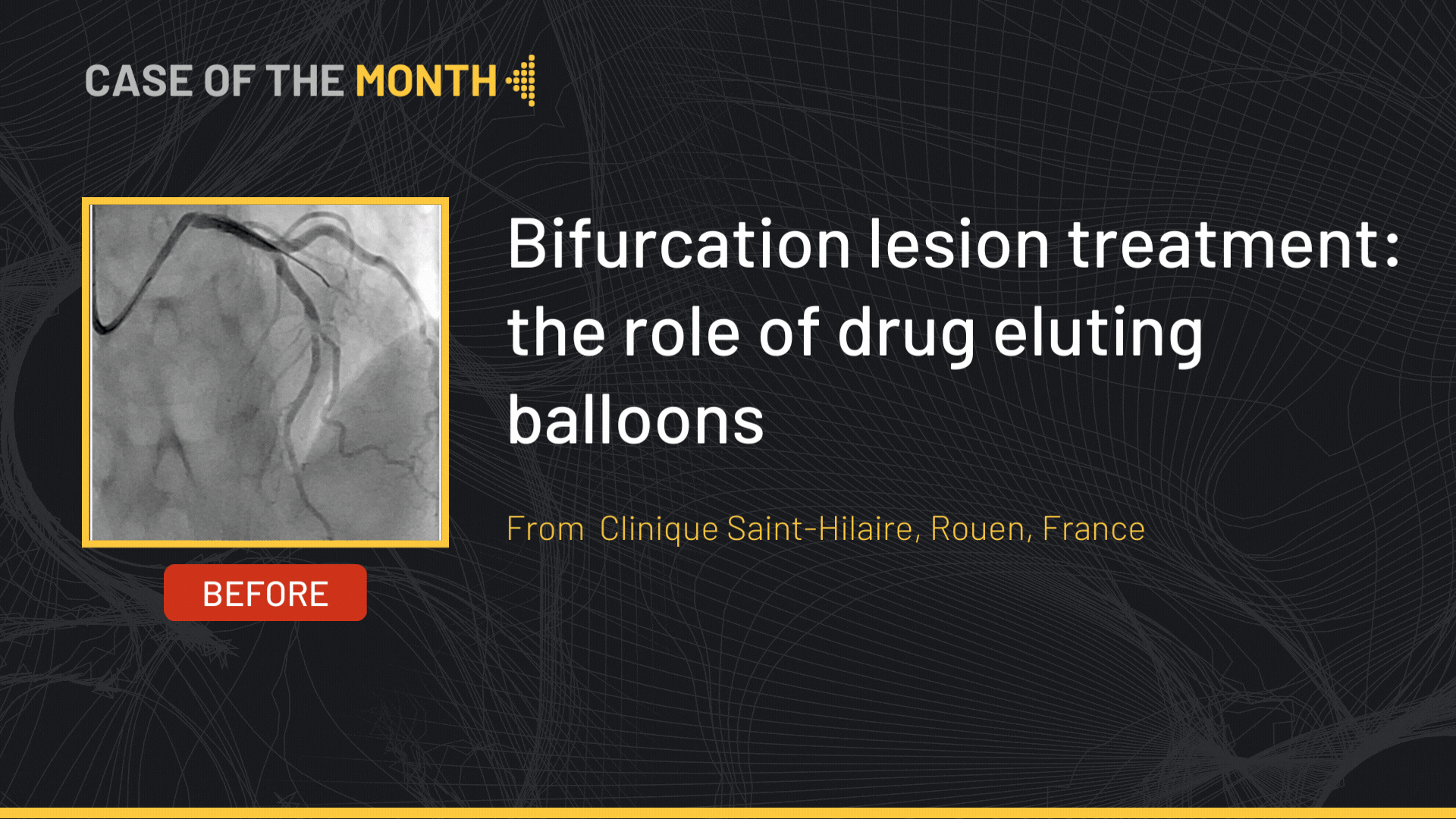
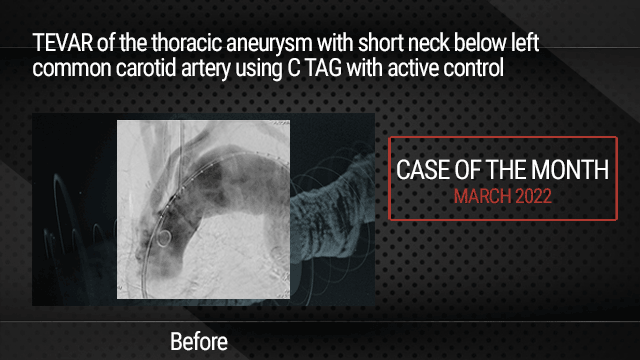
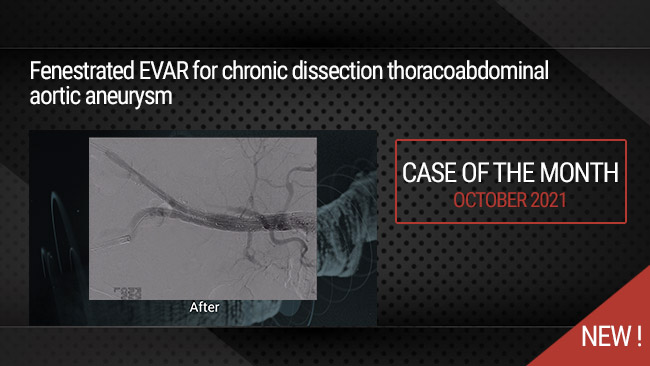
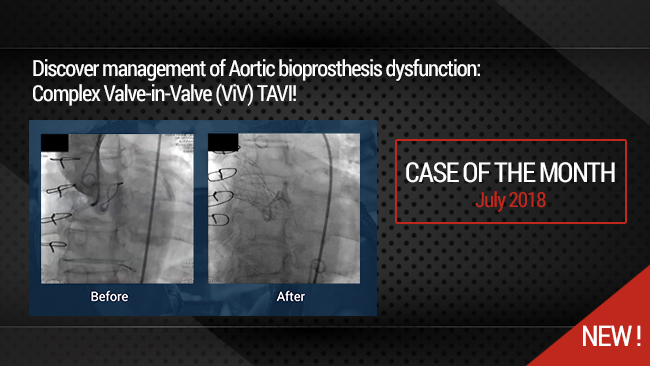
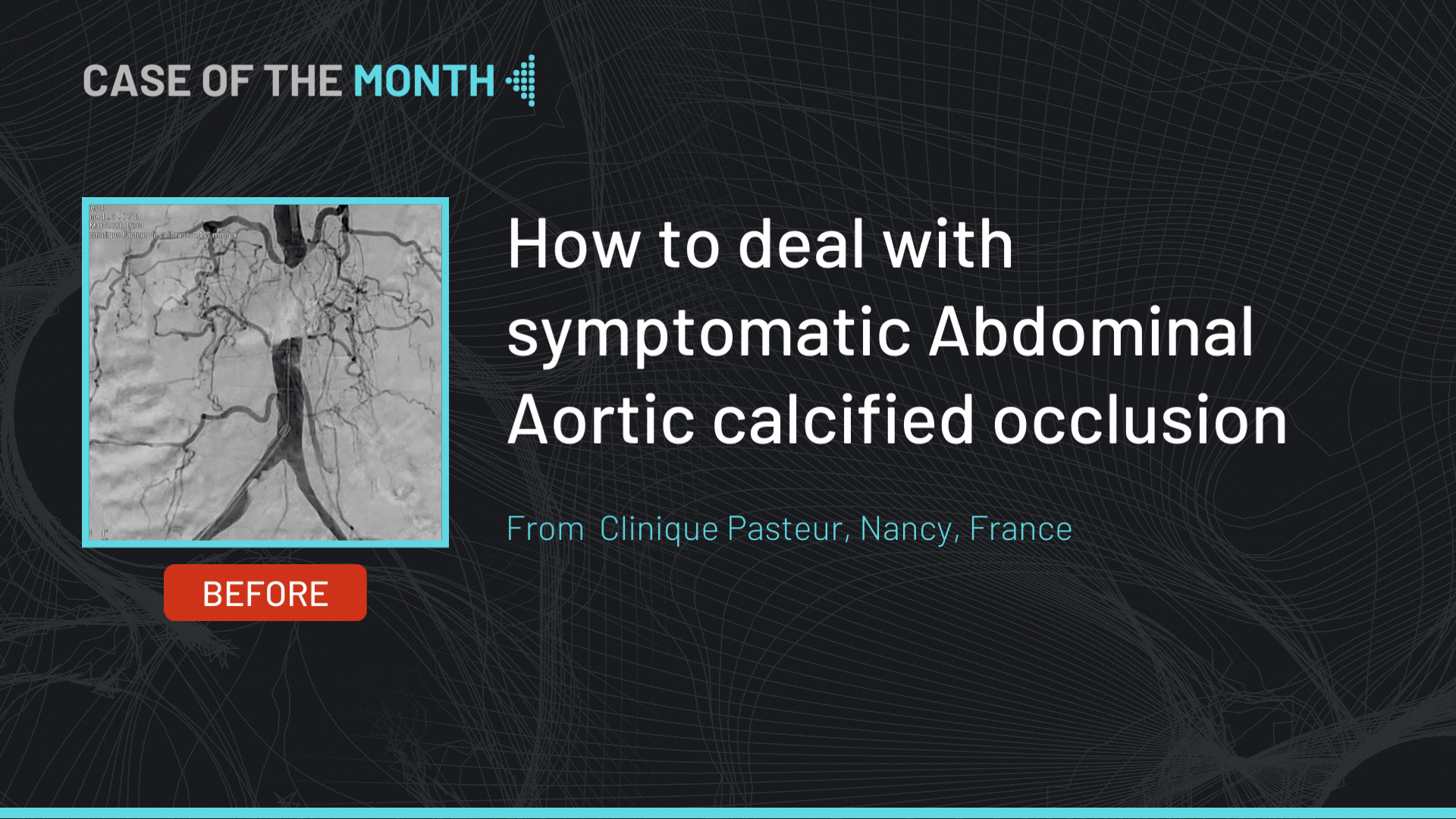
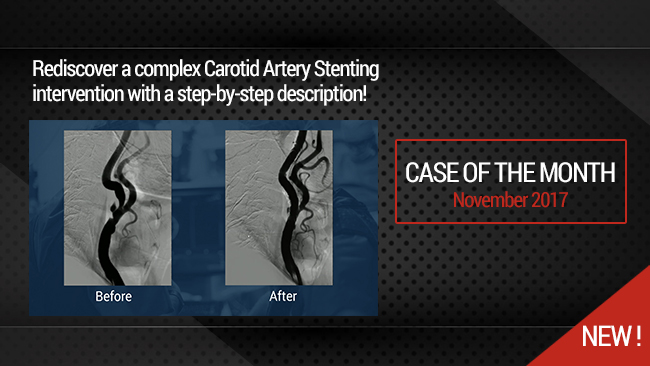
Mohamed amine R.